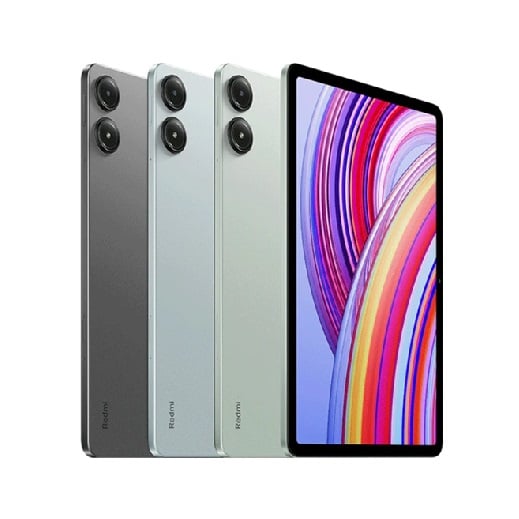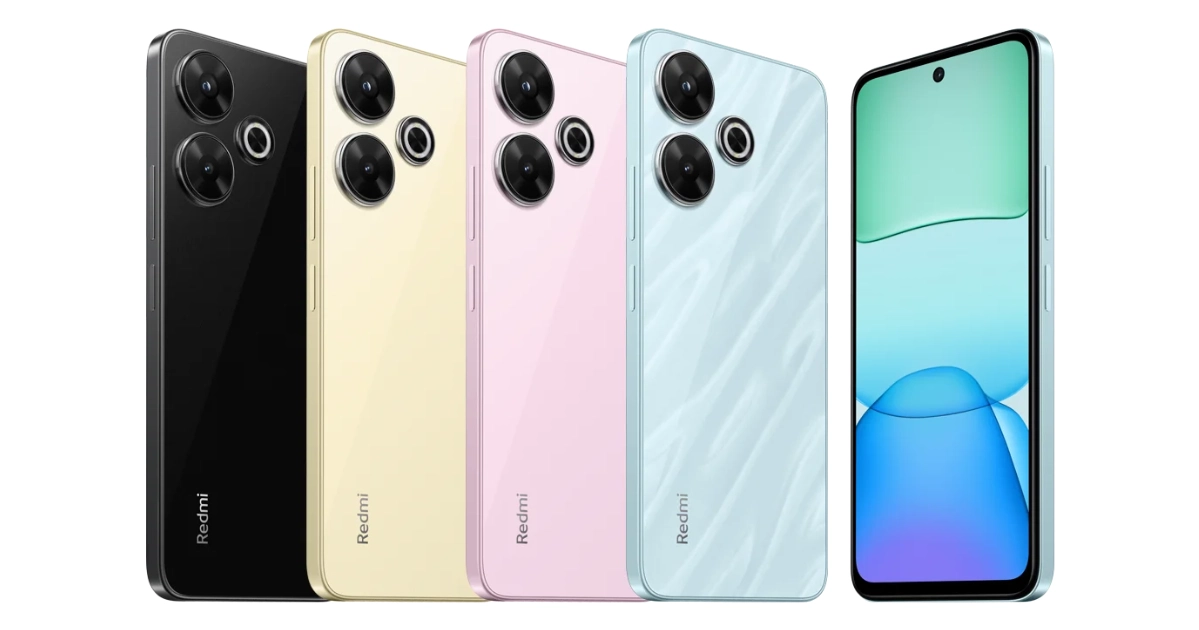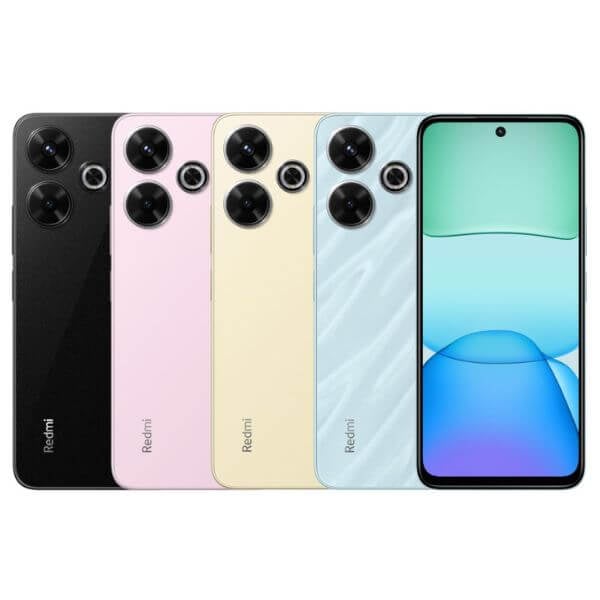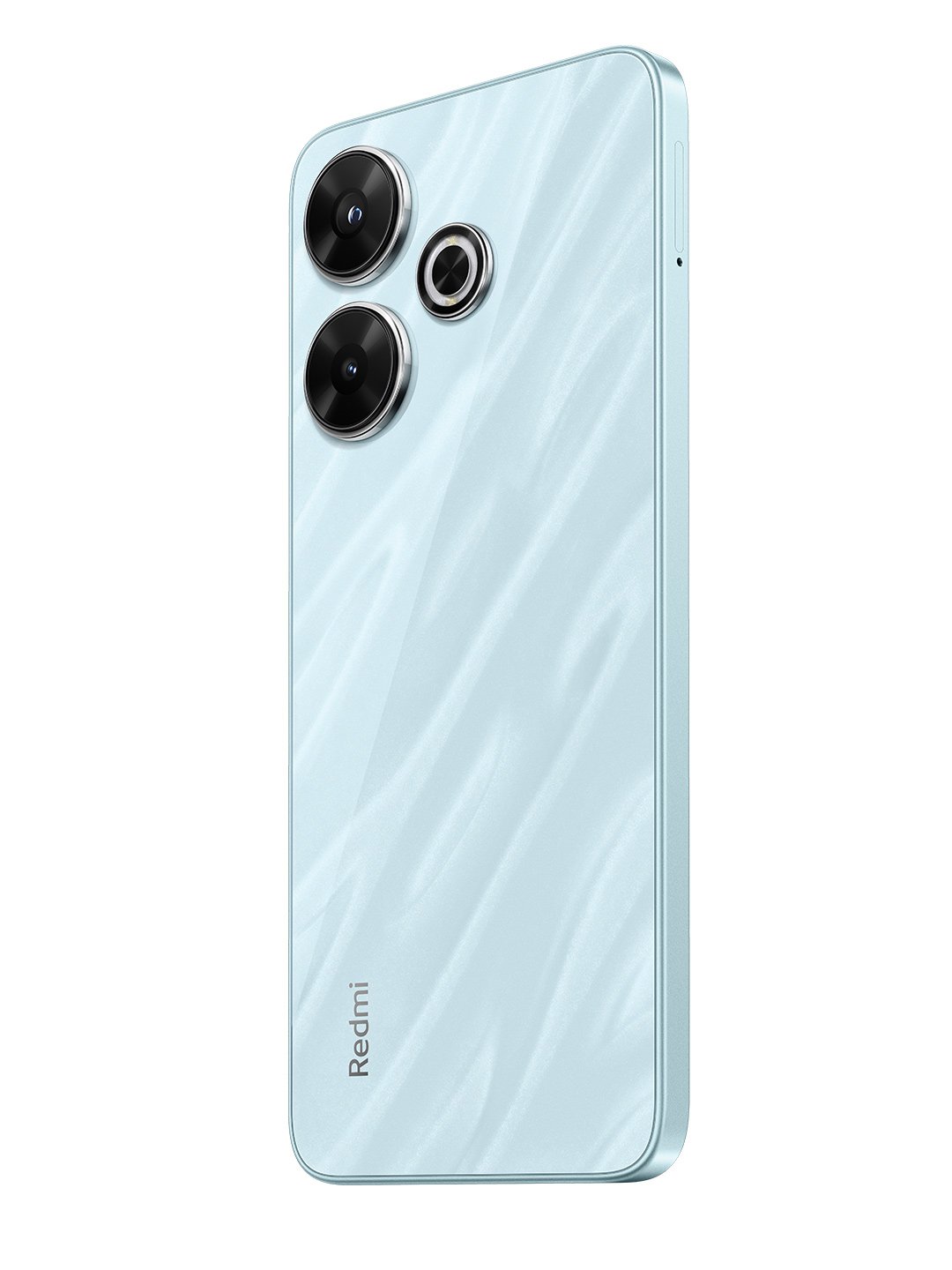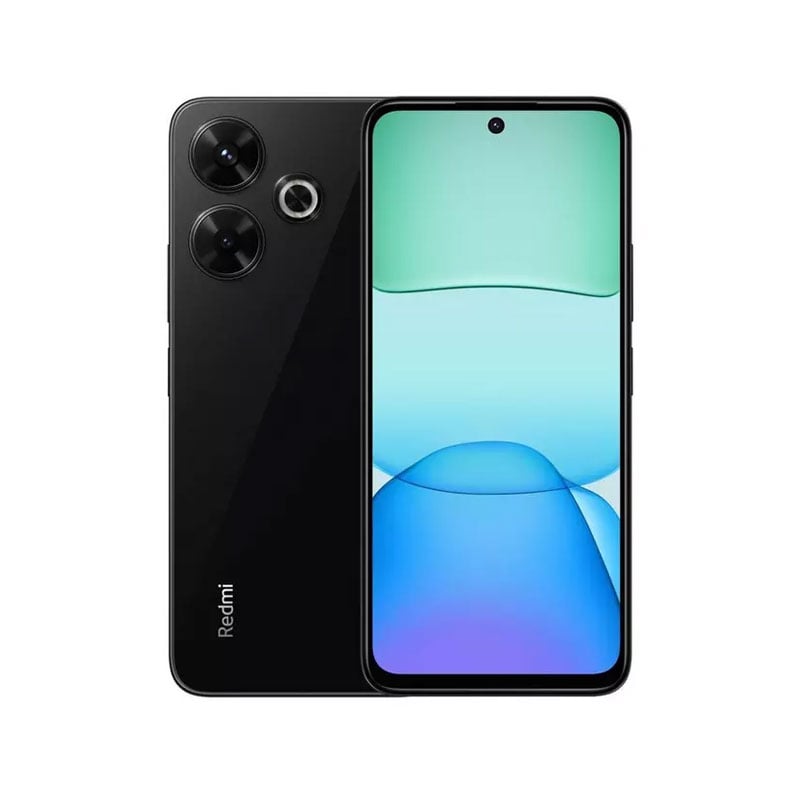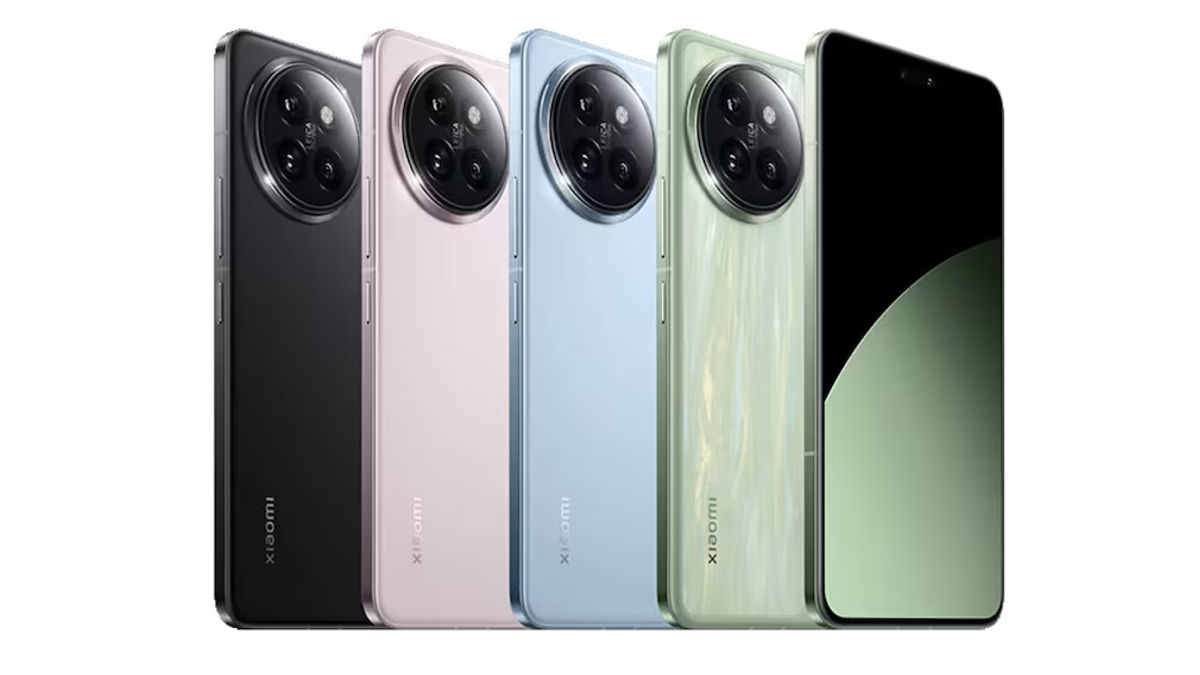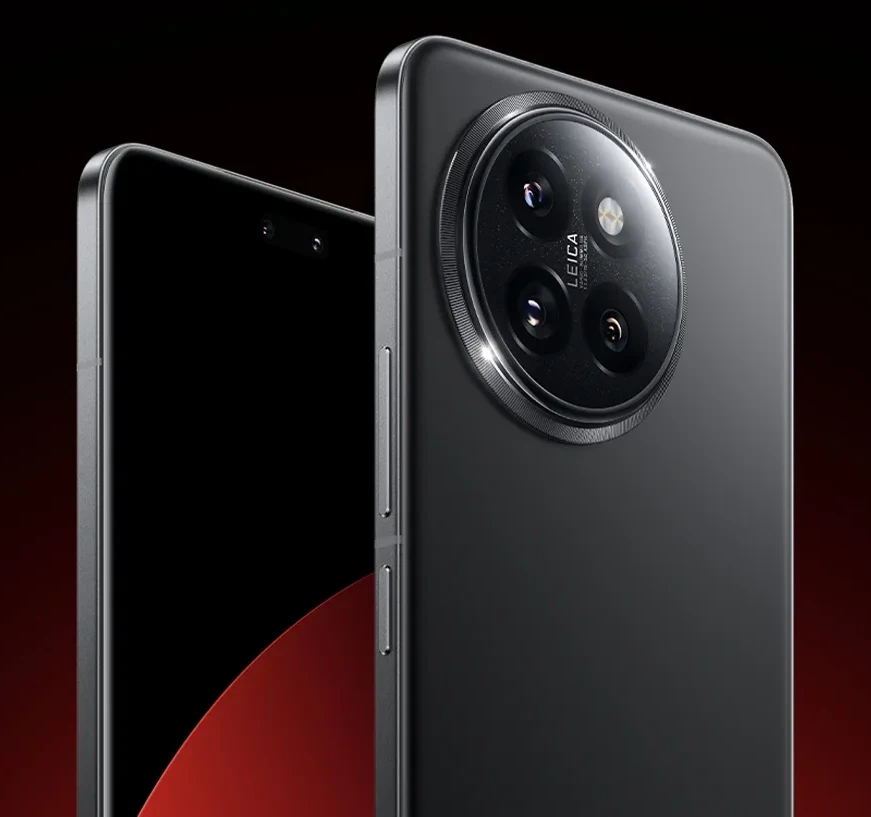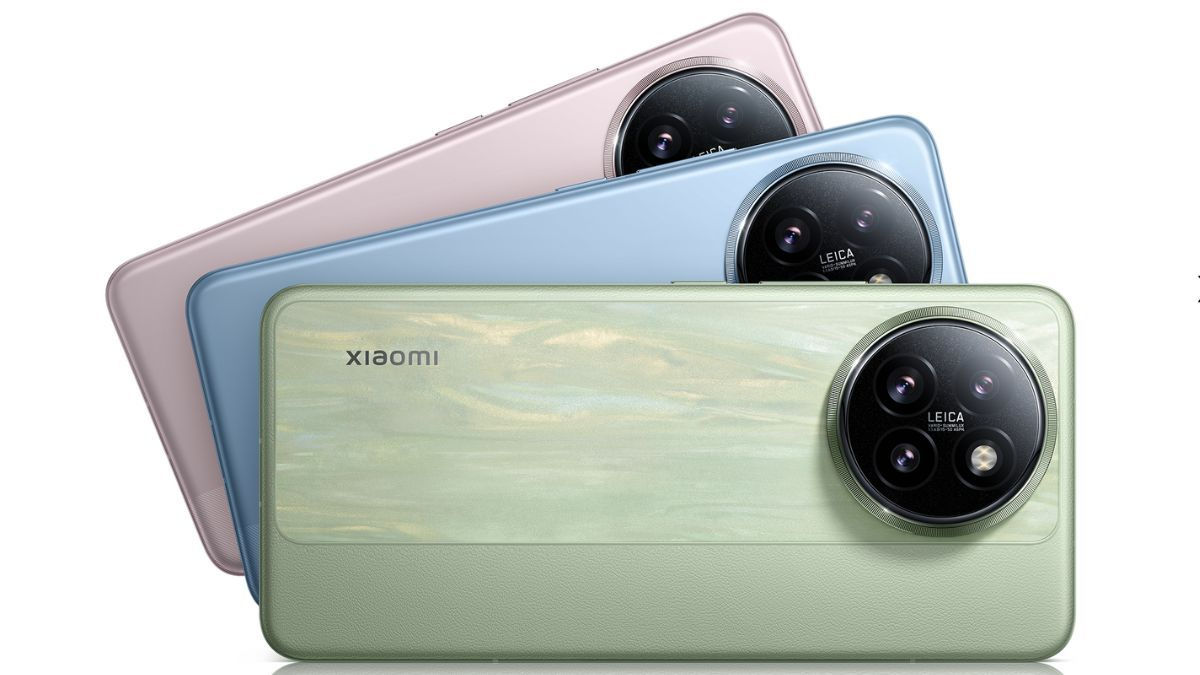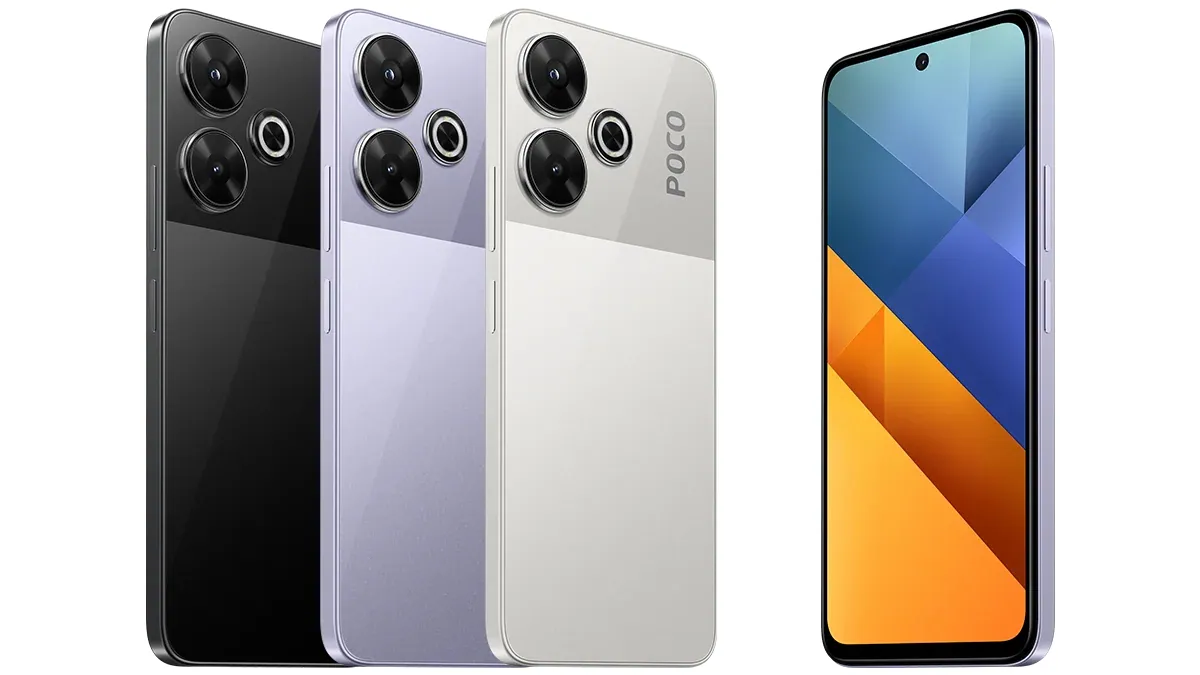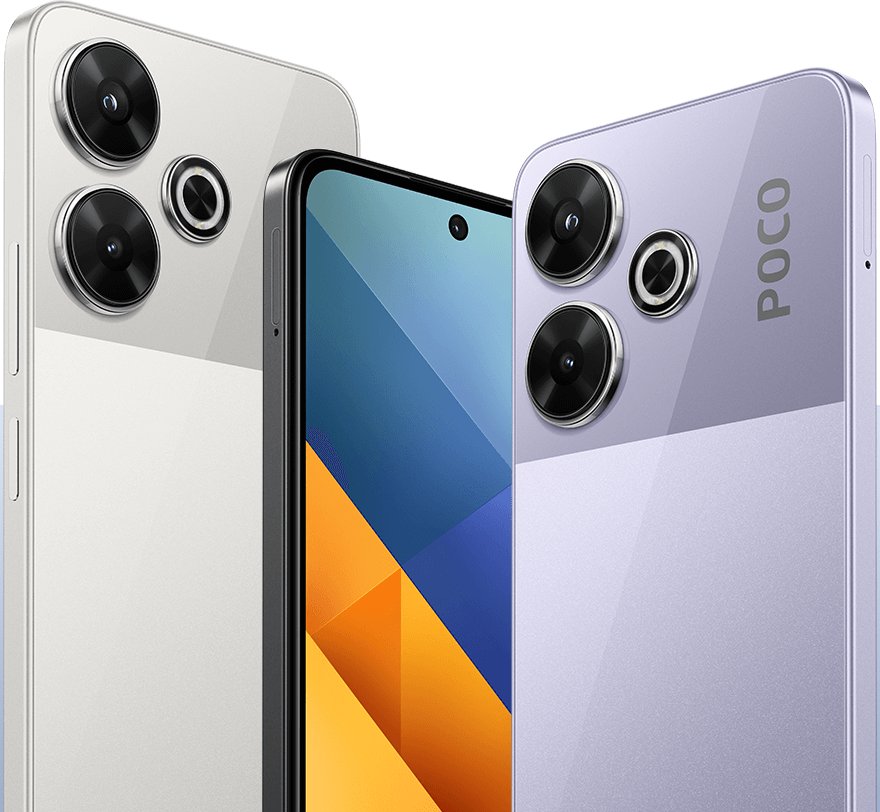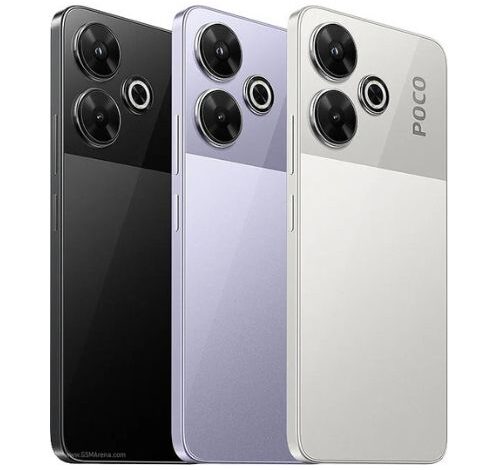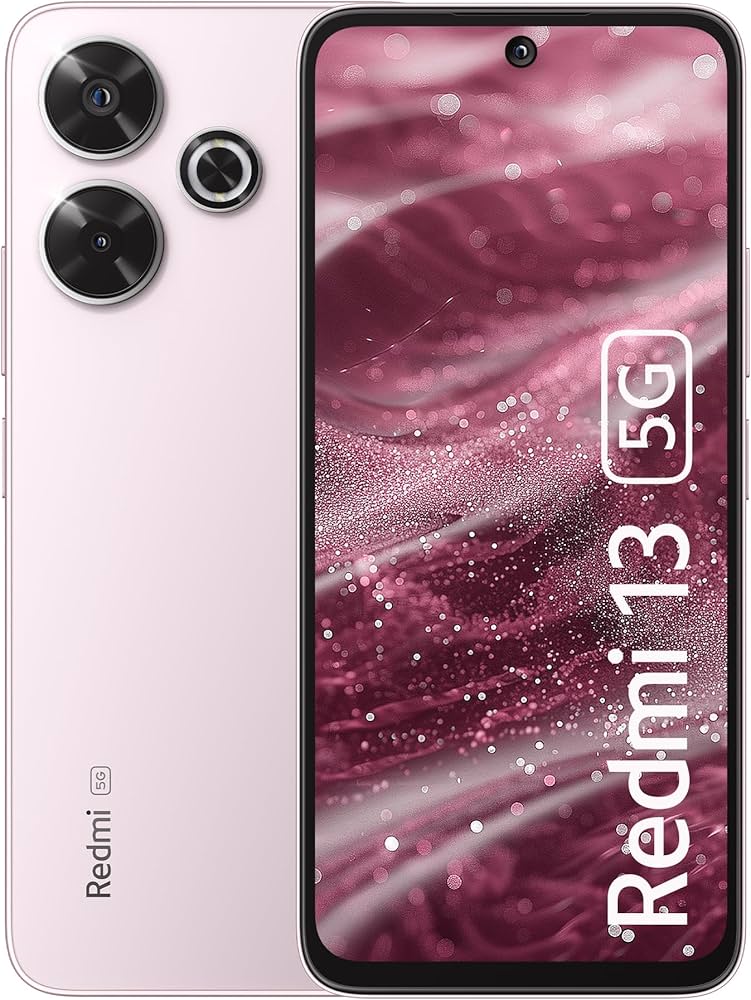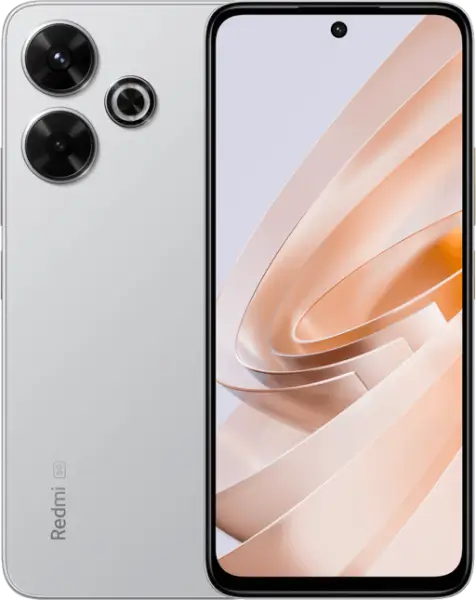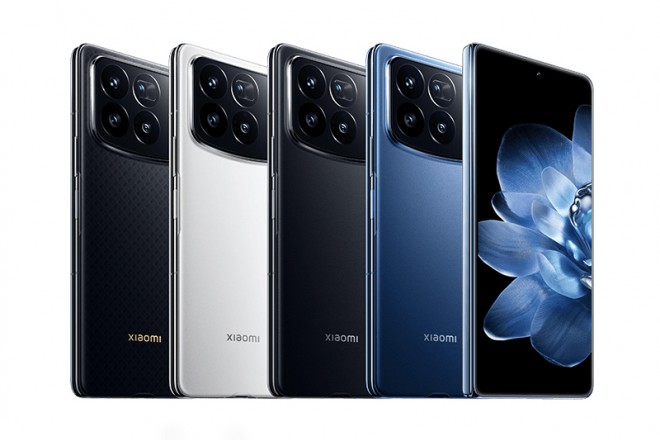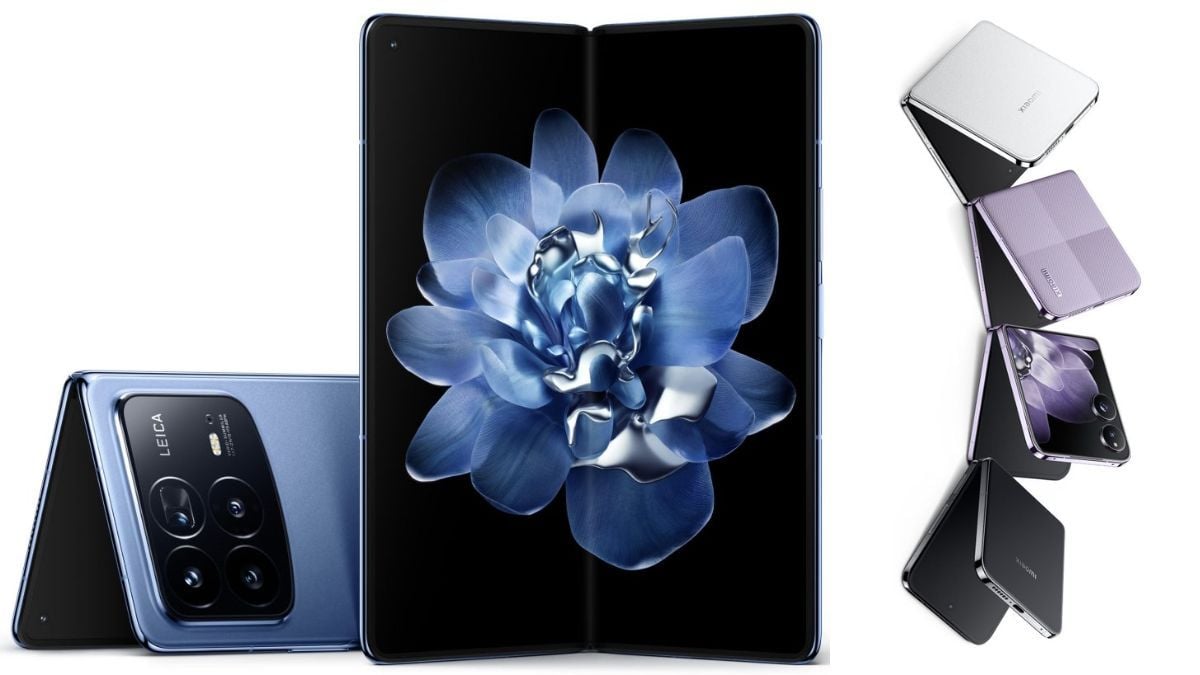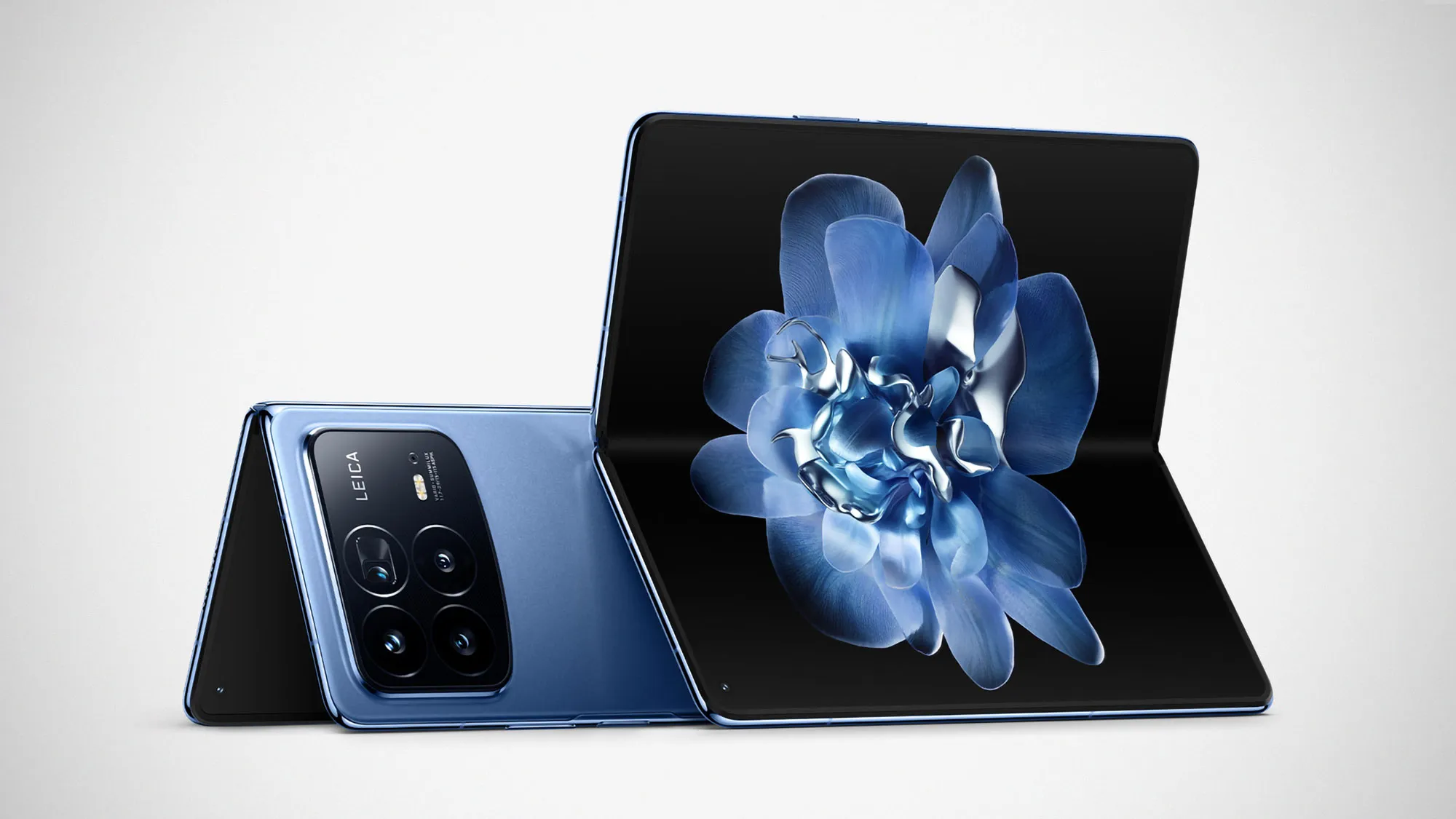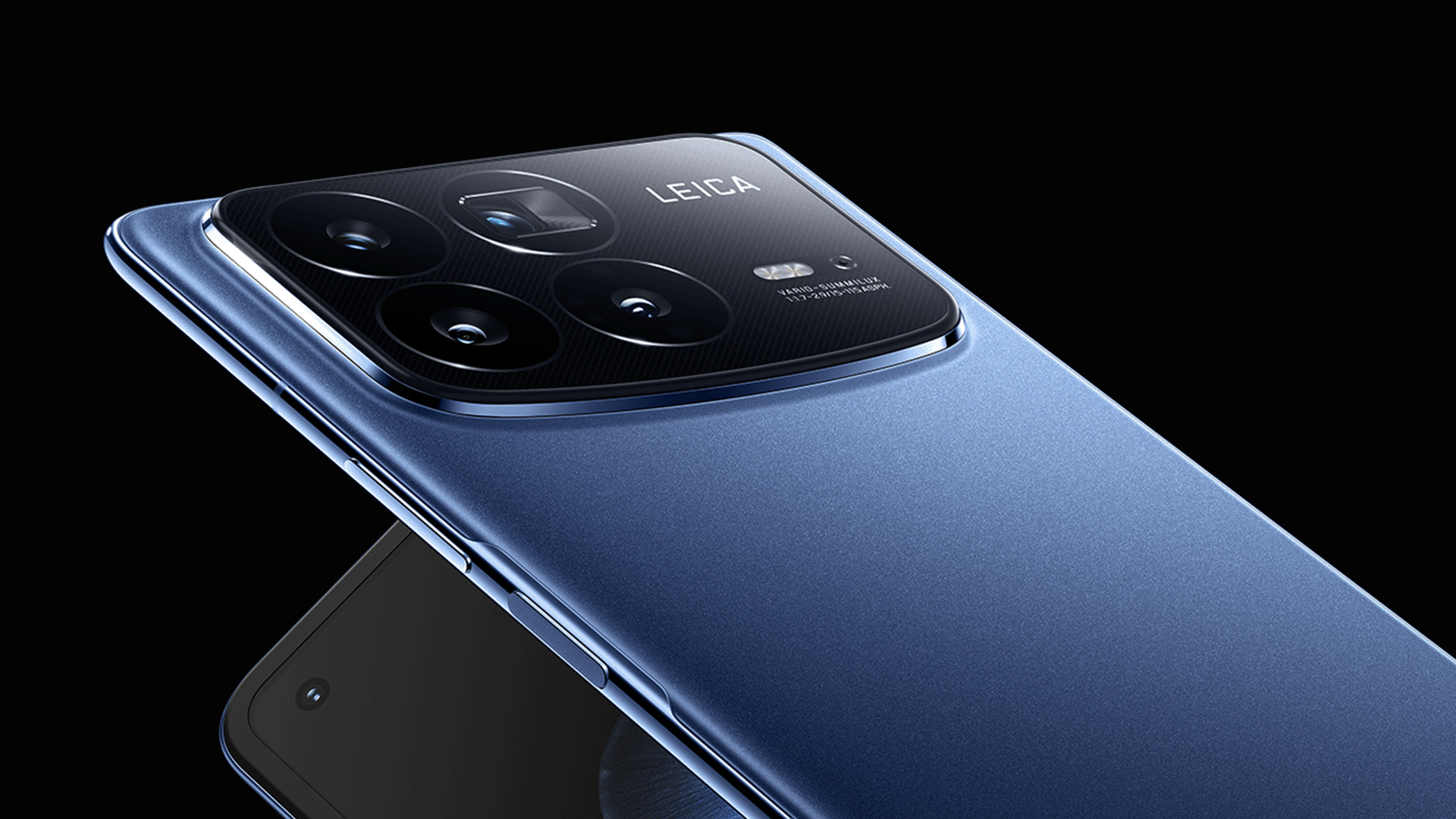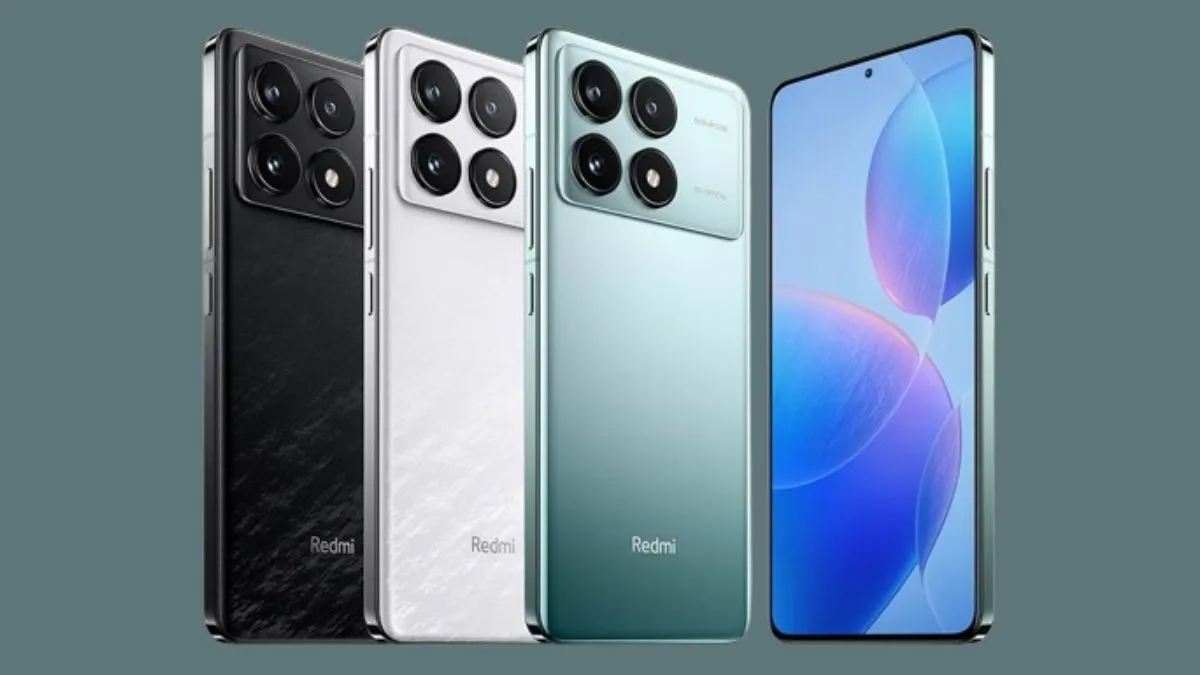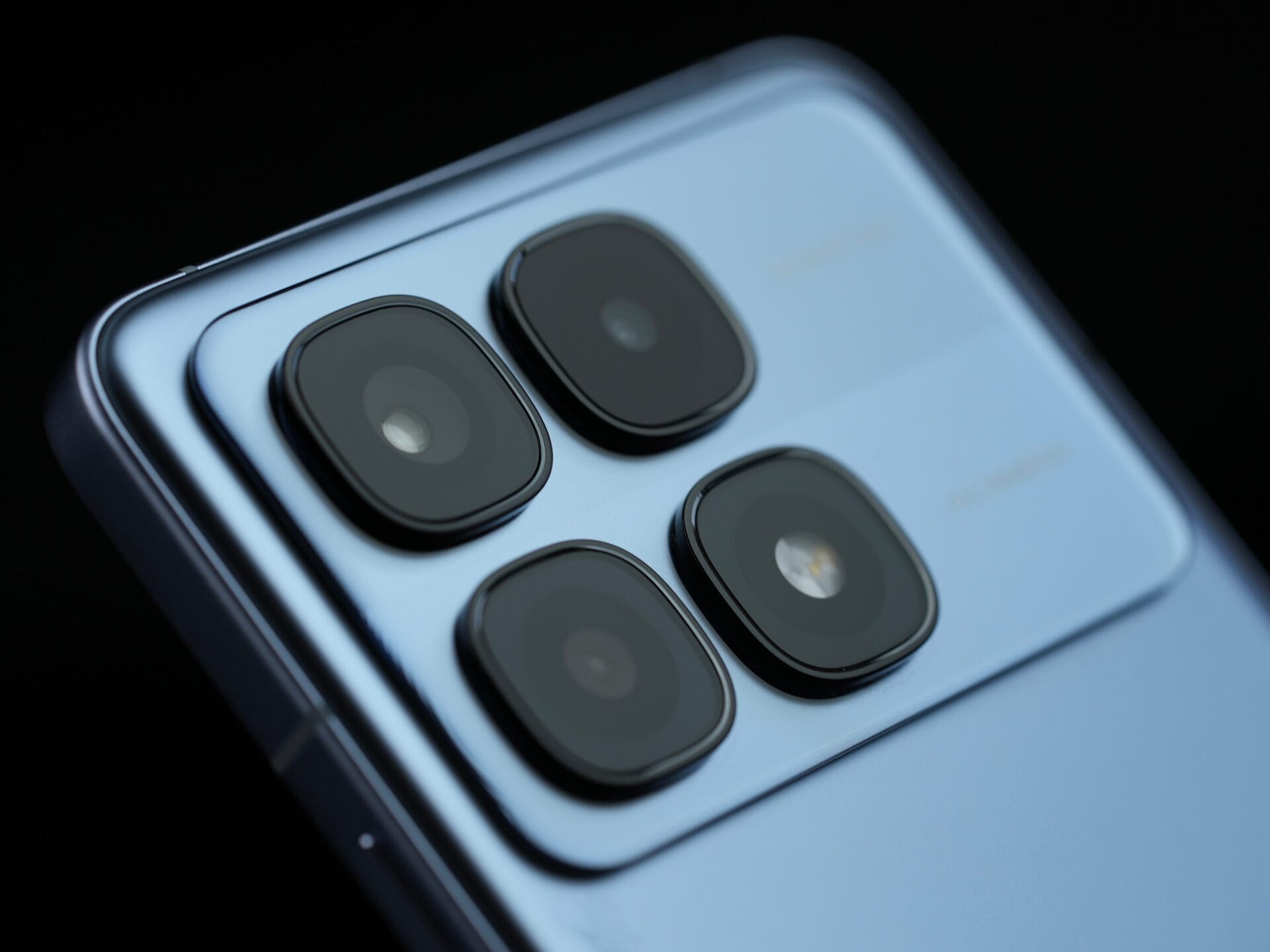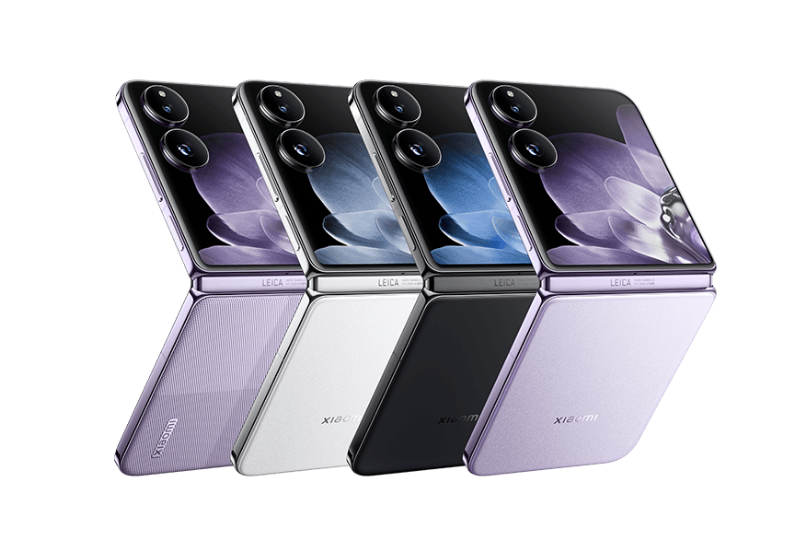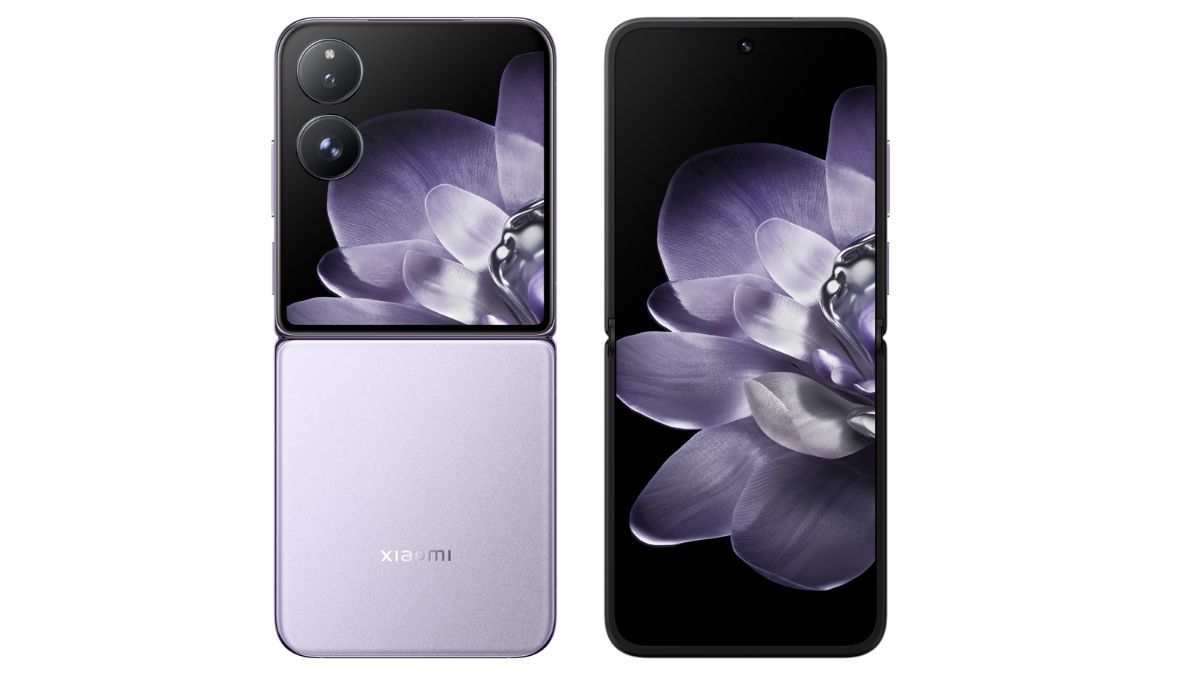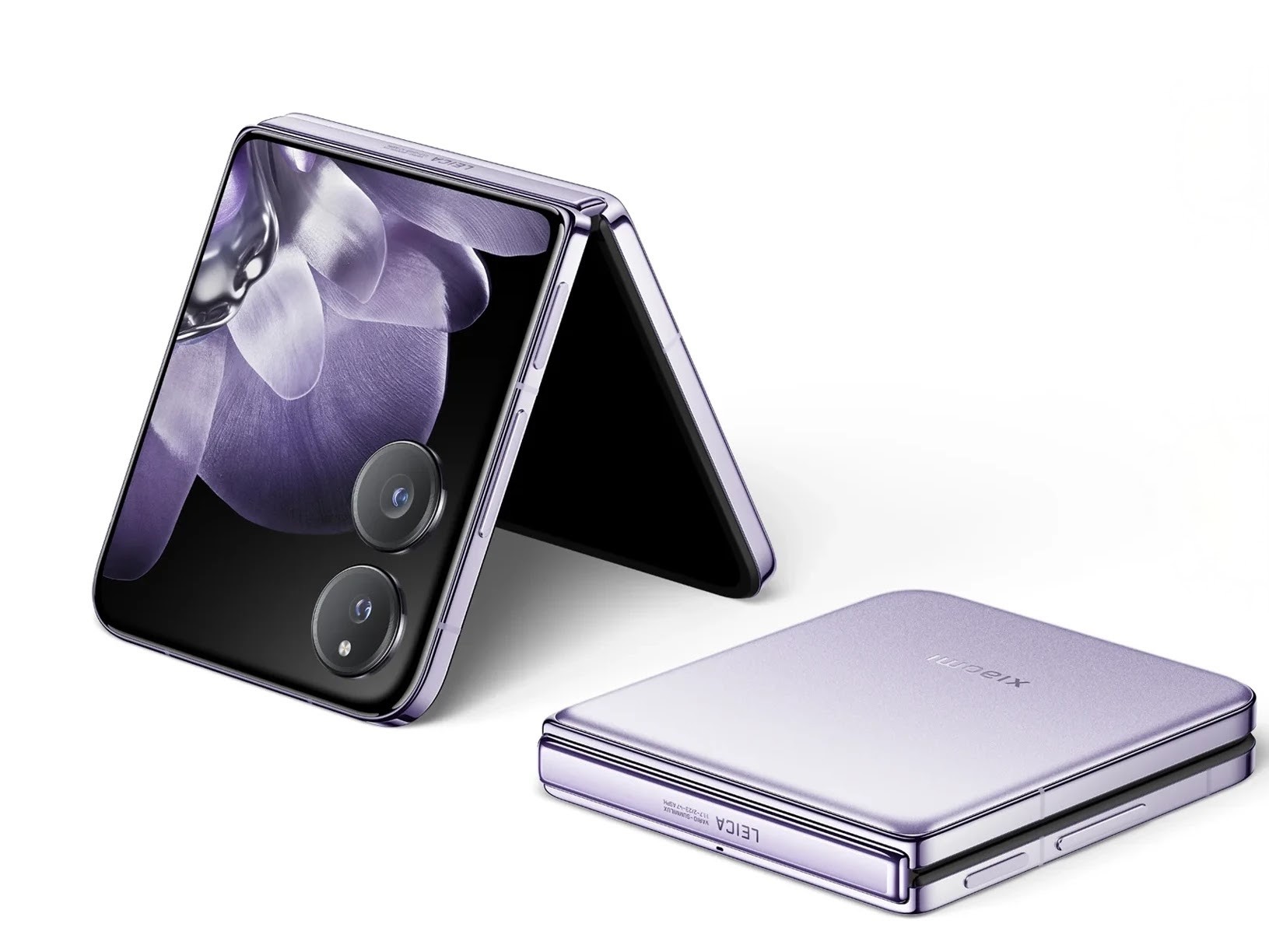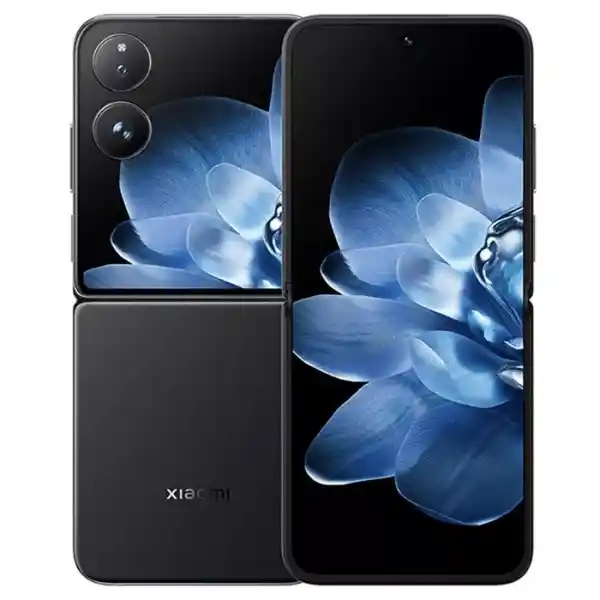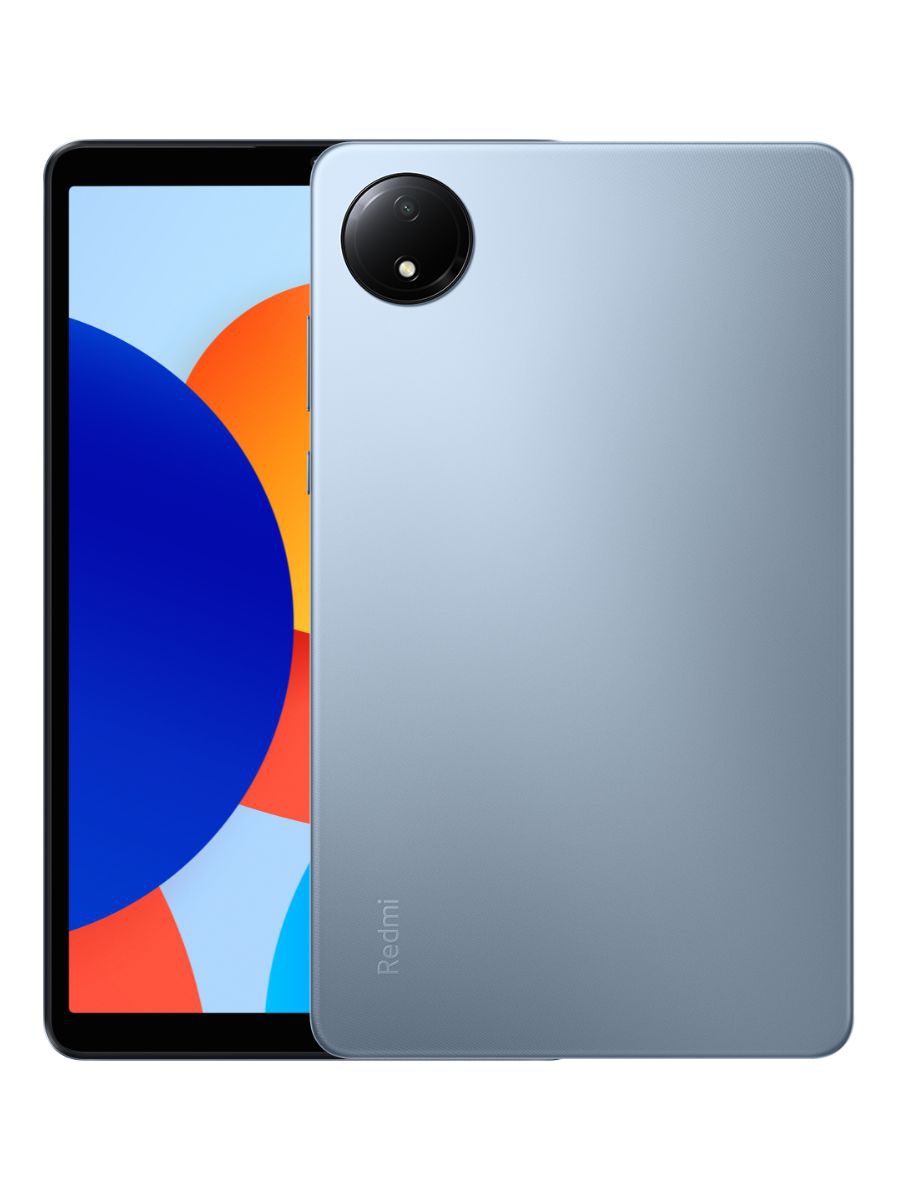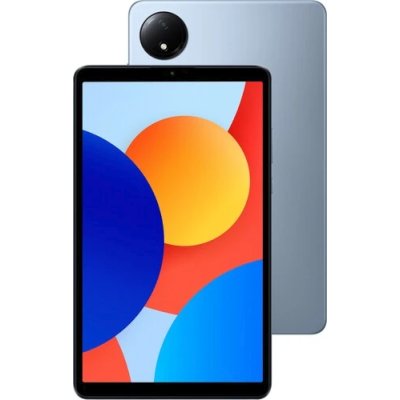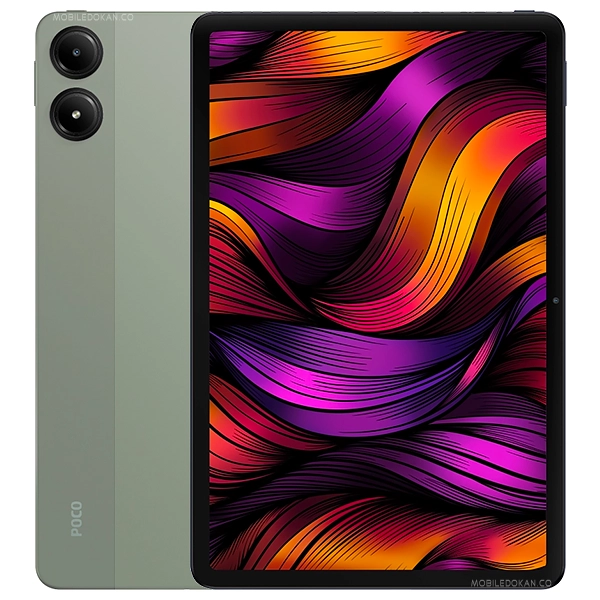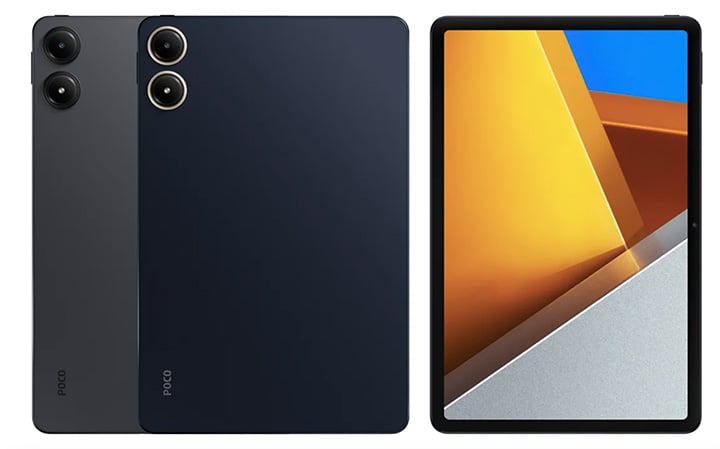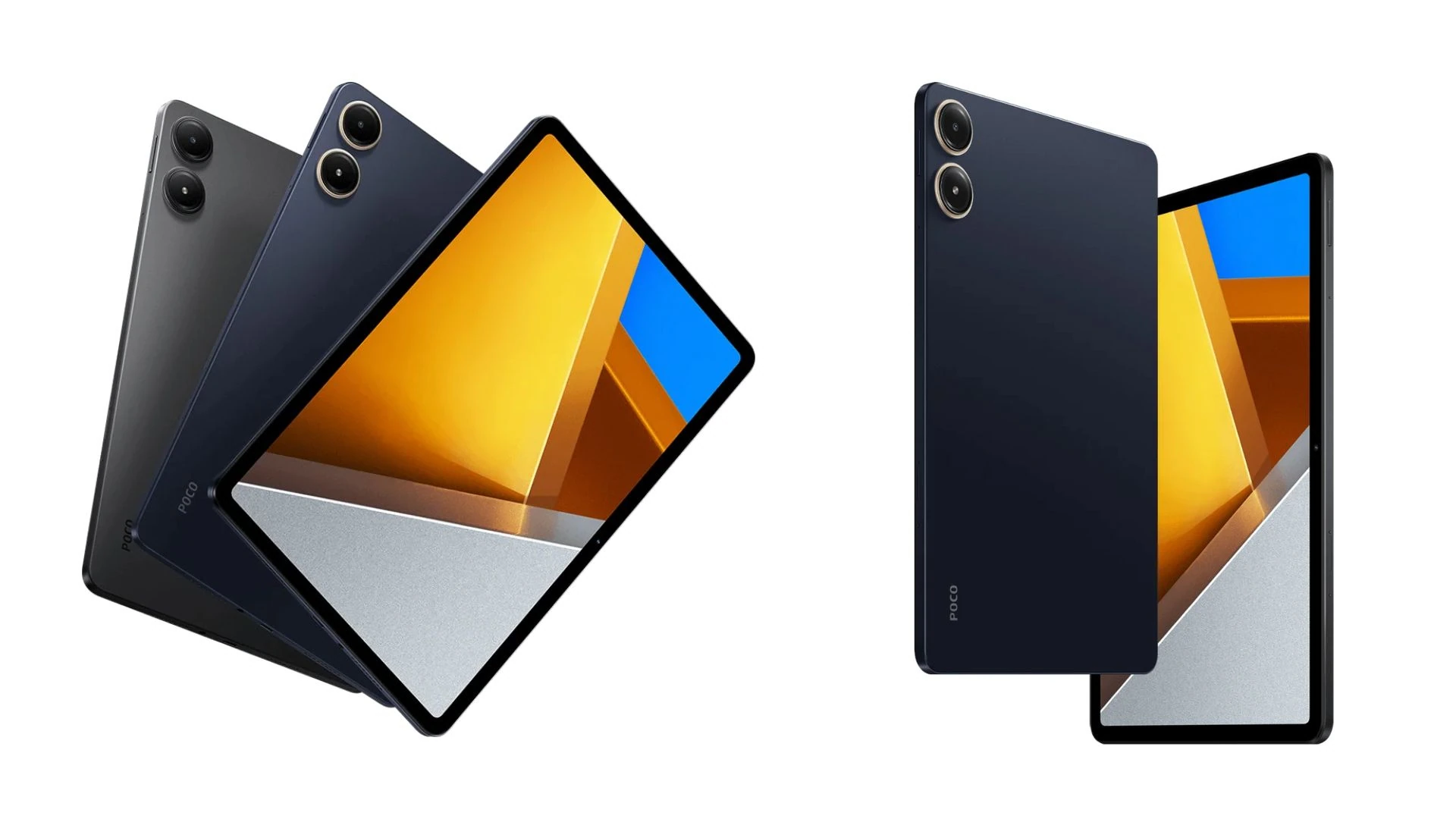Verdict:
The Redmi Pad Pro offers great value for money, featuring a solid design with an aluminum build that gives it a premium feel. The display is impressive, delivering sharp, responsive visuals that are quite accurate for a mid-range tablet. Its performance is sufficient for a variety of tasks, making it suitable for general users.
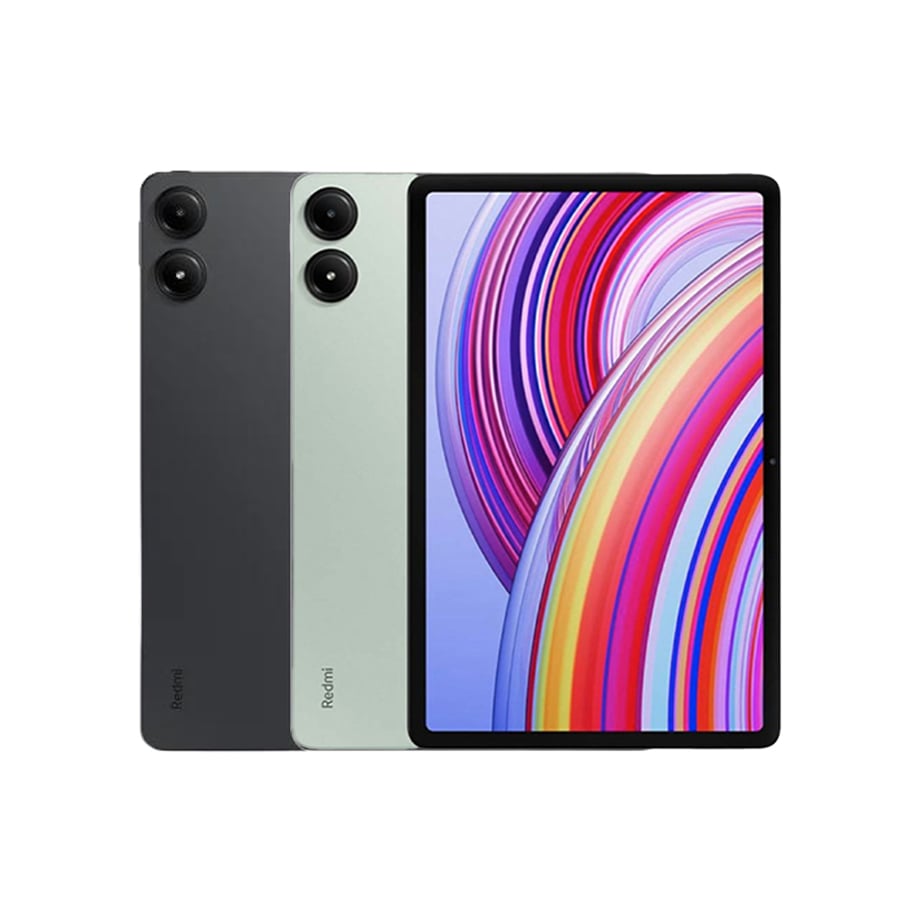
While Android tablets haven’t yet made a major impact in the market, Xiaomi has been a consistent player, offering quality products at competitive prices. With the Redmi Pad Pro, Xiaomi continues this tradition, bringing a high-quality tablet to the market at an affordable price. Following the success of last year’s Xiaomi Pad 6, the Redmi Pad Pro aims to offer the same premium features at a lower cost.
In my testing, I used the Redmi Pad Pro as my work device for several days, and overall, it performed well both as a work tool and for entertainment. Here’s a breakdown of its key features:
Design: The design is fairly standard but solid, with a 12.1-inch display and a front camera placed horizontally for better video call experiences. The back features an aluminum finish with dual camera cutouts (one for the LED flash), contributing to a premium feel. While it’s not the lightest tablet, its weight (571 grams for the 5G variant) is manageable, though it may become uncomfortable during extended use.
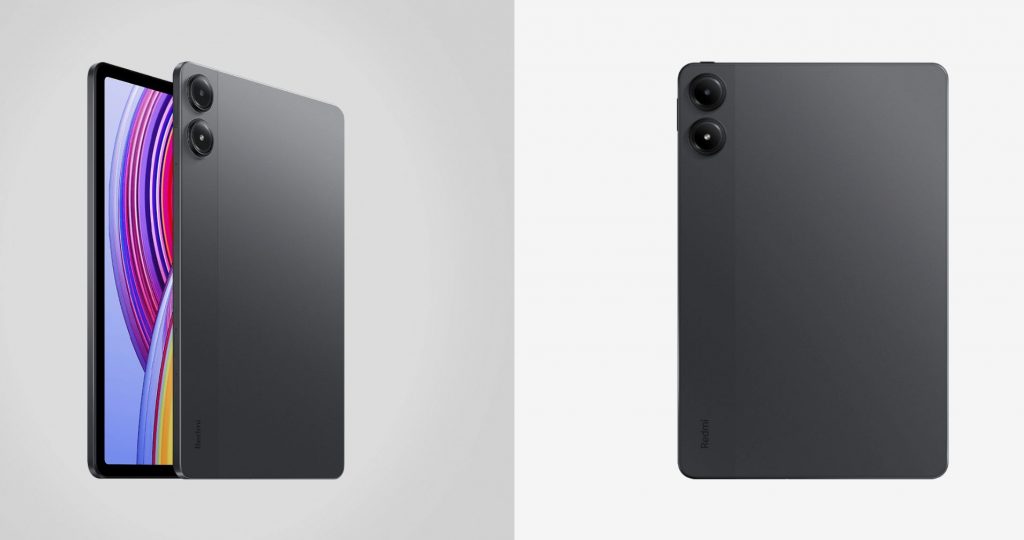
Display: The 12.1-inch IPS LCD display offers a 1.5K resolution (1600 x 2560 pixels) and a 120Hz refresh rate. Watching movies and TV shows was an enjoyable experience, with good contrast and fine detail, though dark scenes don’t look as sharp as they would on an AMOLED screen. It also offers decent brightness and color accuracy, making it a strong performer for a mid-range tablet.
Performance and Battery: Powered by the Qualcomm Snapdragon 7s Gen 2 chip, 8GB of RAM, and up to 256GB of storage, the Redmi Pad Pro handles everyday tasks smoothly. It outperforms its competitor, the OnePlus Pad Go, in benchmarks. However, the tablet tends to heat up during intensive tasks like gaming, which can be distracting. As for battery life, despite the large 10,000mAh battery, I found the performance to be underwhelming, with the tablet draining 16% after an hour of GPS use and around 6% for 30 minutes of YouTube at maximum resolution. For extensive work use, it lasts around 6-7 hours of screen time.
Despite its mediocre battery life, the Redmi Pad Pro performs admirably in most tasks. It works well as a portable work device, and the quality of the keyboard cover provided is quite good for typing, though the lack of a trackpad limits its usability for long documents.
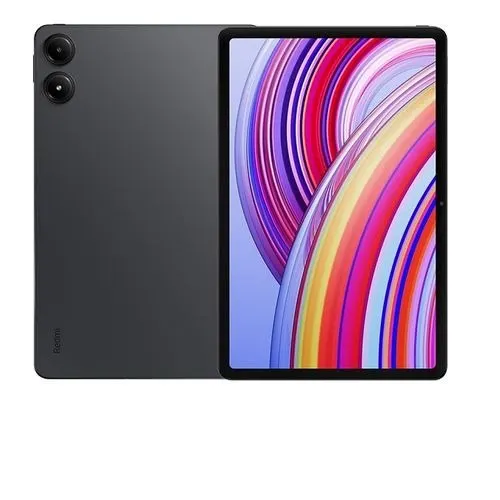
Conclusion: In summary, the Redmi Pad Pro is a strong value-for-money offering, with a premium design, a solid display, and adequate performance for most users. While not perfect—especially in terms of battery life—it offers a great user experience at under Rs 25,000 (approximately $300 USD). With its multitasking capabilities, stylus support, and overall ease of use, the Redmi Pad Pro is an excellent choice for those seeking a budget-friendly, feature-rich tablet. Scoring 75 out of 100 in our Digit Test, this tablet delivers solid performance at a competitive price.
